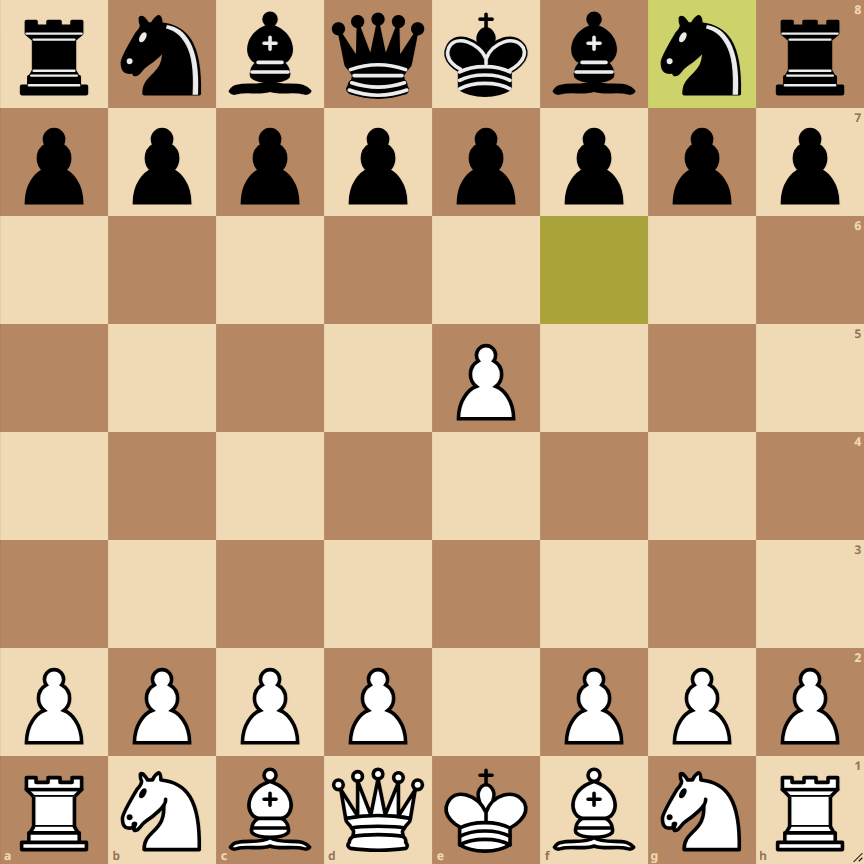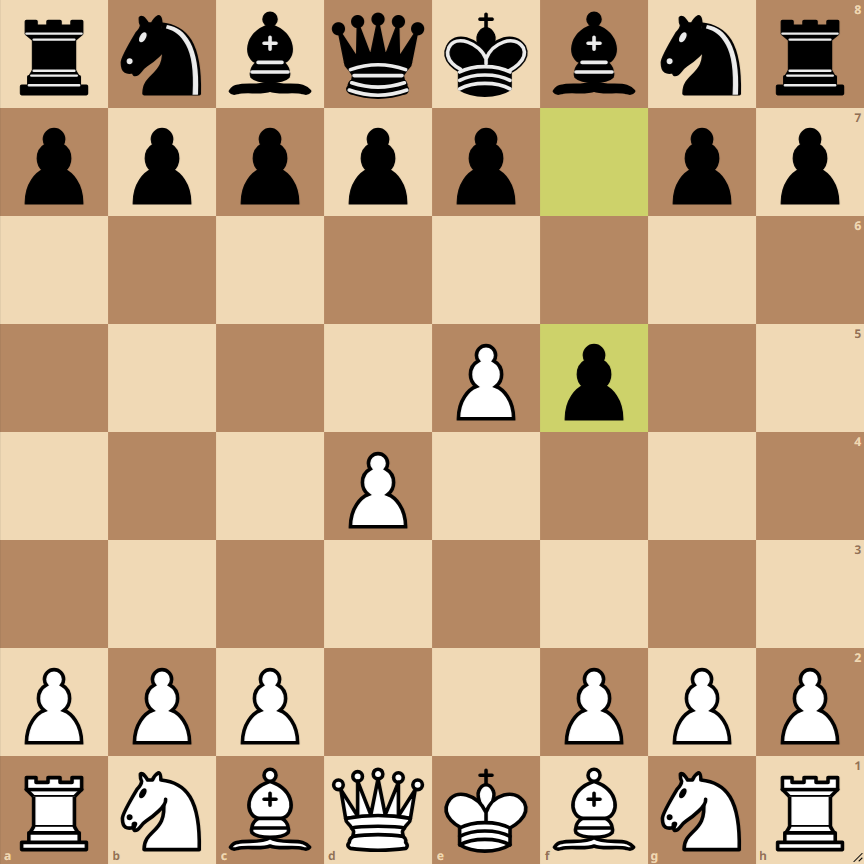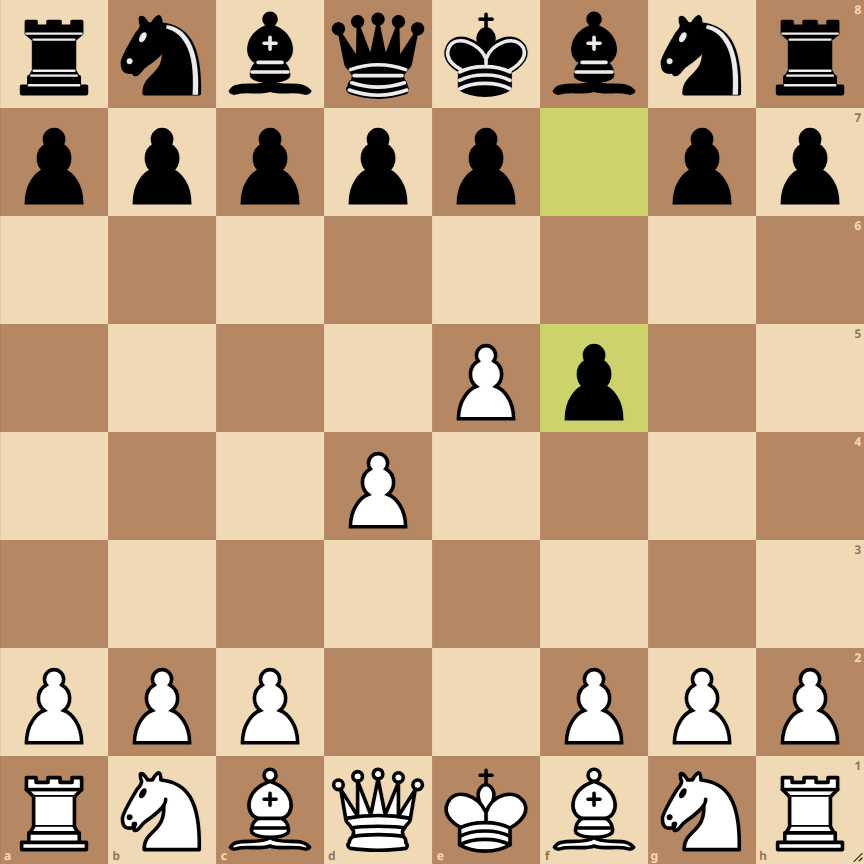How to Play the Alekhine Defense – Brooklyn Variation – Everglades Variation



The Alekhine Defense is a chess opening that begins with the following moves:
- 1. e4 Nf6: White plays e4, aiming to control the center and prepare the development of their pieces. Black responds with Nf6, attacking the e4 pawn and seeking to unbalance White’s central structure.
- 2. e5 Ng8: White advances the pawn to e5, displacing the black knight from its central position. The black knight retreats to g8, an uncommon move that aims to reorganize the black pieces uniquely.
- 3. d4 f5: White plays d4, reinforcing their center and preparing the development of more pieces. Black responds with f5, aiming to undermine the White center and prepare a counterattack on the kingside.
Variations of the Alekhine Defense
Brooklyn Variation
The Brooklyn Variation is characterized by the retreat of the black knight to g8 on the second move. This variation is less popular but can lead to unusual gameplay structures and complex positions.
Everglades Variation
The Everglades Variation is an unorthodox continuation of the Alekhine Defense, where Black plays f5 on the third move. This line aims to challenge the White center and create dynamic counterplay, though it comes with certain strategic risks.

